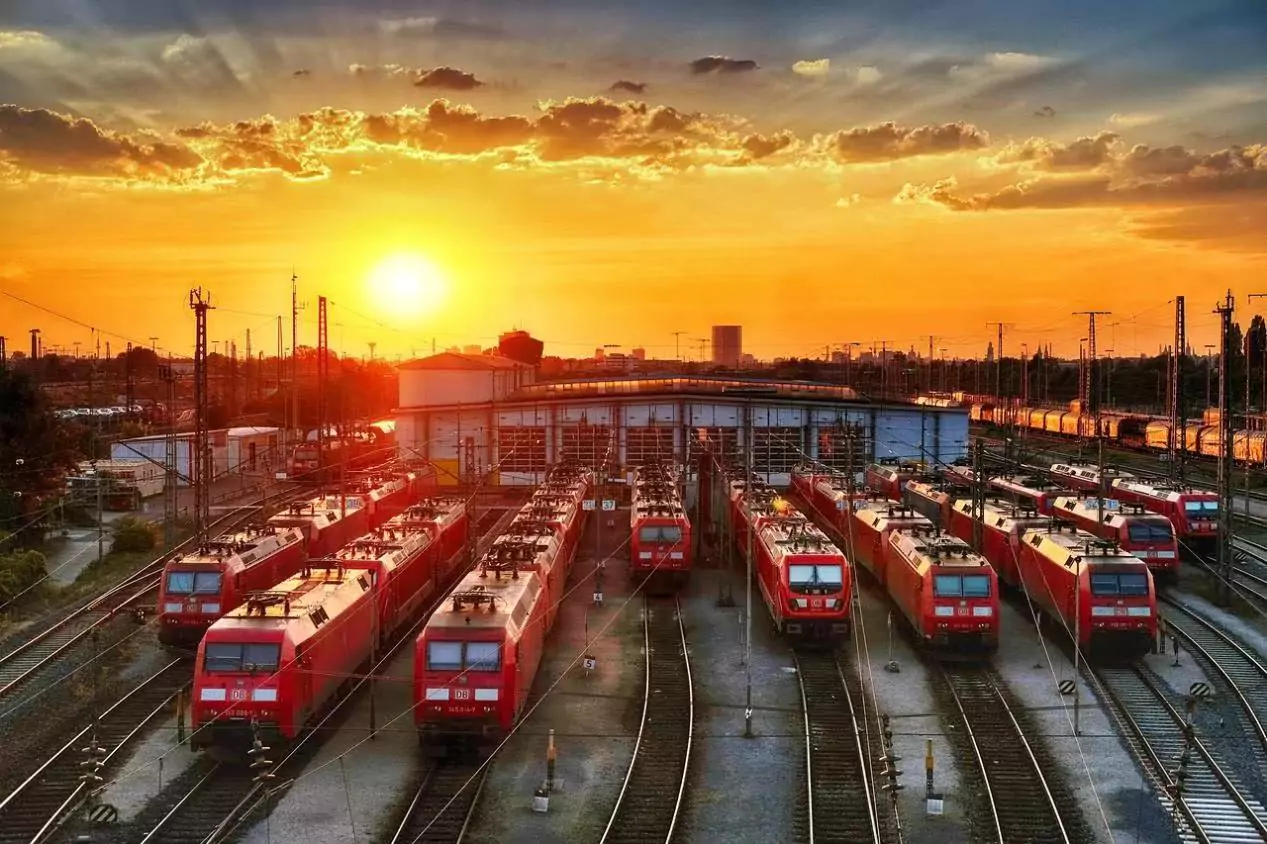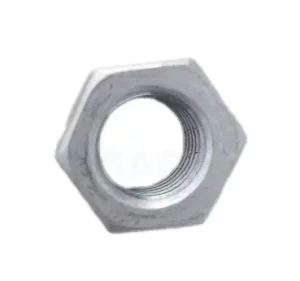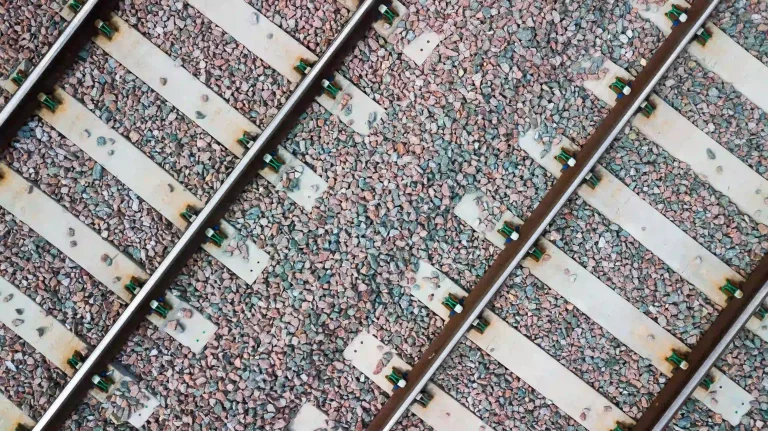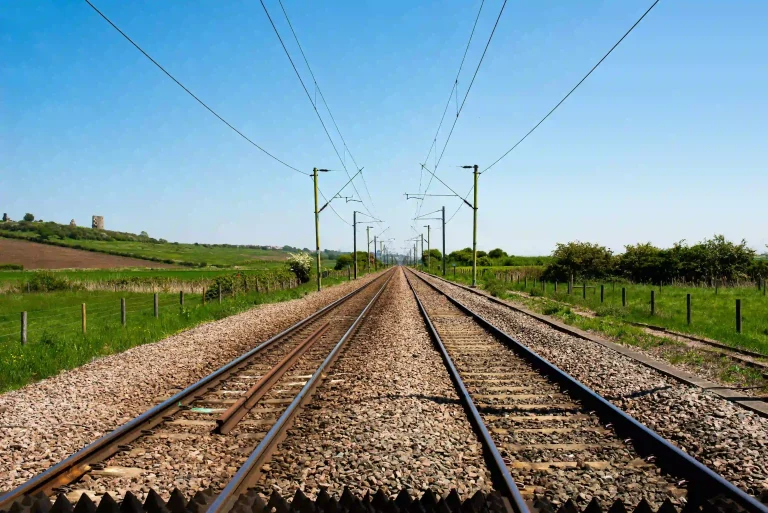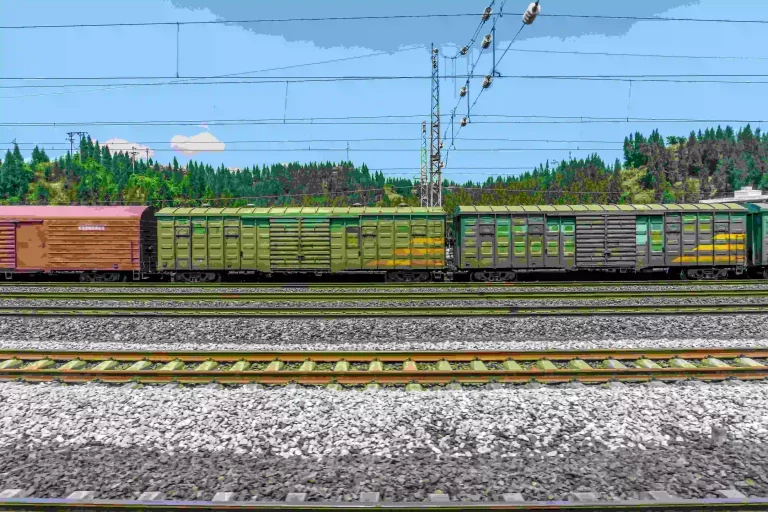Getting to Know Rail Nuts
Introduction to Rail Nuts
Rail nuts, often simply referred to as “nuts,” play a vital role in the construction and maintenance of railway tracks. These specialized fasteners ensure that the rail tracks remain securely in place, capable of withstanding the relentless vibrations and stresses that trains exert on them daily. They aren’t just limited to railway tracks; rail nuts are also crucial in various construction and machinery applications. But what exactly are these rail nuts, and why are they so important?
Importance of Rail Nuts in Construction and Machinery
Rail nuts serve as integral components in both construction and machinery contexts. In the world of construction, they are used to fasten rail tracks directly to the ground or to other structures, ensuring that trains can move safely and reliably. Without these nuts, the risk of track displacement increases, potentially leading to accidents and service interruptions. In machinery, rail nuts provide similar benefits by maintaining the structural integrity of various equipment and installations. They keep machines operational and secure, optimizing productivity and minimizing downtime.
Types of Rail Nuts
Square Rail Nuts
Square rail nuts are among the most commonly used types due to their straightforward design and reliable performance. These nuts feature a square-shaped body that fits snugly into pre-drilled holes on rail tracks or machinery components. The square shape ensures that they have a strong grip, which is particularly useful in applications that experience heavy loads or intense vibrations. Their robust design makes them a staple in both the railway and industrial sectors.
T-Nuts
T-Nuts, aptly named for their T-shaped design, are another variant widely used in securing rail tracks. These nuts have a flange at the top, which prevents them from rotating once they’re tightened into place. T-Nuts are especially useful in situations where access to the rear of the rail is limited, making them an excellent choice for retrofitting and maintenance tasks. This unique design allows for easier installation and removal compared to other nut types.
Spring Nut Variants
Spring nuts bring an added layer of flexibility and ease of use to the table. These nuts contain built-in spring mechanisms that help them stay tightly fastened even under varying loads and vibrations. Spring nuts are often used in applications that require frequent adjustments or in environments subject to frequent oscillations. Their ability to maintain tightness over time without the need for constant retightening makes them a favorite in many railway and industrial applications.
Applications of Rail Nuts
Use in Railway Tracks
The primary application of rail nuts is in the fastening of railway tracks. These nuts ensure that the tracks are securely fixed to railway ties and the ground, providing the stability needed for trains to operate safely. By preventing track displacement and loosening, rail nuts play an essential role in maintaining the safety and efficiency of railway systems.
Industrial Applications
Beyond railway tracks, rail nuts are extensively used in various industrial applications. They help secure machinery components, structures, and fixtures. This versatility allows them to be employed in manufacturing plants, production lines, and construction sites. Their robust design and high load-bearing capabilities make them indispensable in these settings.
Applications in Household Machinery
Interestingly, rail nuts also find applications in household machinery. From securing washing machines to fastening home exercise equipment, these nuts contribute to the durability and longevity of various household devices. Their ease of use and reliable performance make them suitable for DIY enthusiasts tackling home improvement projects.
Materials Used for Rail Nuts
Steel
Steel is one of the most common materials used in the manufacturing of rail nuts due to its exceptional strength and durability. There are different types of steel used, each with its own set of benefits and drawbacks.
Stainless Steel
Stainless steel rail nuts are renowned for their resistance to rust and corrosion. This makes them an ideal choice for outdoor applications where exposure to moisture and varying weather conditions is a concern. Stainless steel’s durability ensures that the rail nuts can withstand harsh conditions without degrading, thereby offering long-term reliability.
Carbon Steel
Carbon steel rail nuts are known for their superior strength. They are typically used in applications where high torque and significant load-bearing capacity are required. Though they may be more susceptible to rust compared to stainless steel, this issue can often be mitigated through coatings and regular maintenance. Carbon steel’s affordability and strength make it a popular choice in both the railway and machinery industries.
Brass
Brass is another material commonly used in the production of rail nuts. Brass rail nuts are prized for their excellent corrosion resistance, although they are not as strong as steel varieties. This makes them suitable for applications where exposure to corrosive elements is likely, but extremely high strength is not required. Brass is also known for its machinability and ease of use, making it a convenient option for various assembly and maintenance tasks. Its attractive finish is an added benefit for applications where aesthetics are considered.
Plastic
While it might seem unconventional, plastic rail nuts are also used in specific applications. These nuts are typically made from high-strength, engineering-grade plastics that can resist significant wear and stress. The primary advantage of plastic rail nuts is their resistance to corrosion and their lightweight nature. However, they are generally not suitable for applications requiring high load-bearing capabilities. Instead, they find use in more lightweight or less critical applications, such as in some types of household machinery or electronics.
How to Choose the Right Rail Nut
Factors to Consider
Choosing the right rail nut involves multiple considerations to ensure safety and reliability.
Load Bearing Capacity
One of the most crucial factors to consider is the load-bearing capacity of the rail nut. Depending on the application, the nut must be able to withstand the weight and stress it will be subjected to without failing. For railway tracks, this means enduring the weight of passing trains and the associated dynamic loads.
Material Compatibility
Material compatibility is also essential. The chosen rail nut must be compatible with the materials it will be fastening together. This ensures a secure fit and reduces the risk of galvanic corrosion, which can occur if incompatible metals come into contact. Always match the nut material with the material of the rail or machinery to achieve optimal performance.
Environmental Factors
Environmental conditions where the rail nuts will be used must also be considered. Factors such as exposure to moisture, temperature fluctuations, and corrosive elements can affect the longevity and performance of the nuts. For outdoor railway applications, corrosion-resistant materials like stainless steel or brass might be ideal, whereas in controlled indoor environments, other materials like carbon steel or plastic could suffice.
SAFE’s Railway Nut: The Linchpin of Progress
Unlock the full potential of your rail projects with SAFE’s Railway Nut, a marvel of engineering precision from SAFE Rail Fastening System (Zhejiang) Co., Ltd. Nestled in the manufacturing hub of Zhejiang Province, SAFE operates on a sprawling 50,000㎡ site, with a robust investment of over 50 million RMB and an impressive annual capacity to produce 5 million sets of rail fastening systems.
Adhering to the highest standards of quality management, SAFE’s railway nuts are produced under the stringent ISO9001, ISO14001, and IS045001 systems, ensuring excellence in performance, environmental responsibility, and occupational health and safety. With CRCC Product Certification and TUV Certification, our nuts are designed to meet the rigorous demands of high-speed, conventional, heavy-haul, and metro railway applications.
Installation Process of Rail Nuts
Tools Needed
The installation of rail nuts requires specific tools to ensure a secure and efficient process. Typically, you will need a wrench or torque wrench, a drill (if holes need to be created), and the appropriate rail nuts.
Step-by-Step Guide
Preparing the Surface
Before installing a rail nut, it is crucial to prepare the surface. Ensure that the area where the nut will be placed is clean and free from debris. This enhances the nut’s ability to grip securely and stay fixed in place.
Inserting the Nut
Once the surface is prepared, place the nut into the designated hole or slot. Ensure that the nut is aligned correctly to facilitate easy tightening. For square rail nuts, make sure the sides fit snugly into the hole to prevent rotation, and for T-nuts, align the flange to keep it from turning.
Securing the Nut
Using the chosen tool, tighten the nut into place. If using a torque wrench, follow the specified torque settings to avoid over-tightening or under-tightening. Securing the nut correctly ensures optimal load distribution and reduces the risk of the nut loosening over time.
Advantages of Using Rail Nuts
Enhanced Stability
Rail nuts significantly enhance the stability of the structures or machines they are used in. By providing a secure fastening method, they ensure components remain fixed in place, reducing the risk of movement or displacement. This stability is especially vital in applications involving heavy loads and constant vibrations, such as railway tracks and industrial machinery.
Reusability and Cost-Effectiveness
One of the standout benefits of rail nuts is their reusability. Unlike some fastening methods that require permanent modifications, rail nuts can be removed and reused, making them a cost-effective solution for various applications. This reusability also allows for easier maintenance and adjustments.
Versatility in Applications
Rail nuts are incredibly versatile, finding use in a wide range of applications beyond railway tracks. From industrial machinery to household appliances, these nuts offer reliable performance and are suitable for various tasks. Their varied materials and types further increase their adaptability to different environments and requirements.
Common Issues with Rail Nuts and Solutions
Loosening Over Time
One common issue with rail nuts is the potential for loosening over time due to vibrations and dynamic loads.
Preventive Measures
To prevent loosening, it’s essential to use rail nuts appropriate for the application’s load and vibration levels. Spring nuts, for instance, are designed to maintain their tightness even under fluctuating conditions.
Maintenance Tips
Regular inspections and maintenance are crucial. Periodically check the tightness of the rail nuts and re-tighten as necessary. Using lock washers or thread-locking compounds can also help keep the nuts secure.
Corrosion Problems
Corrosion is another concern, especially in outdoor or harsh environments.
Protective Coatings
Applying protective coatings to rail nuts can significantly enhance their resistance to corrosion. Galvanization and other anti-corrosive treatments can extend the lifespan of the nuts.
Material Selection
Choosing the right material is an effective way to combat corrosion. Stainless steel and brass rail nuts offer excellent resistance to rust and corrosion, making them suitable for applications exposed to moisture and other corrosive elements.
Closing Thoughts on Rail Nuts
Rail nuts are integral to the construction and maintenance of railway tracks, as well as various industrial and household machinery applications. Understanding the different types, materials, applications, and installation processes can help you choose the right rail nut for your specific needs. By ensuring proper installation and regular maintenance, you can maximize the benefits of rail nuts, enhancing the stability, safety, and longevity of your projects.
Choose SAFE’s Railway Nut for a secure, reliable, and efficient rail infrastructure. Embrace the spirit of progress and innovation with SAFE, where every nut is a step towards a safer and more connected world.



